Blog 
The Ultimate Guide to Choosing the Best Flexible Garden Hose for Your Lawn
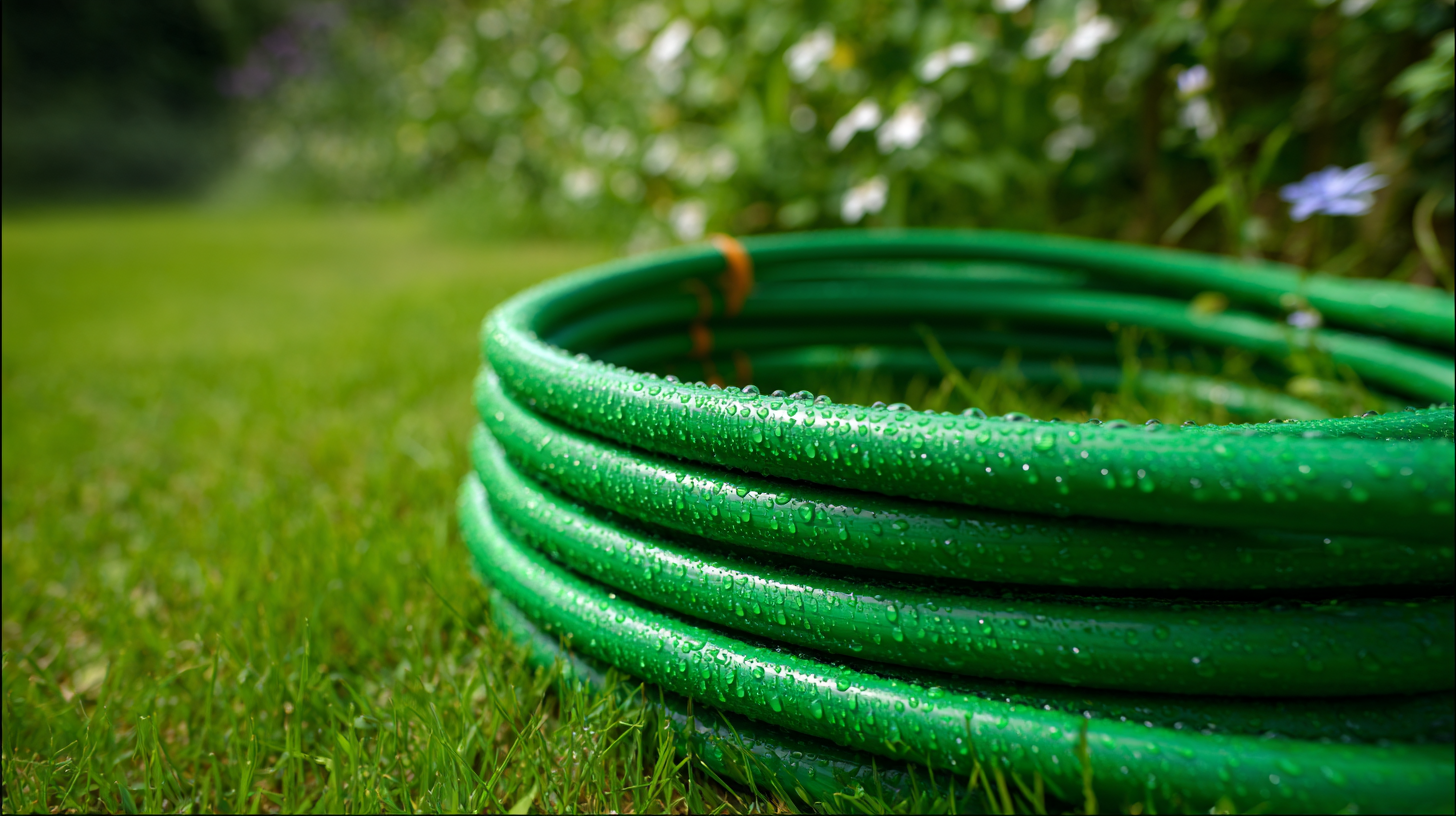 In the world of gardening, having the right tools can make all the difference in achieving a thriving lawn. Among these essential tools, a flexible garden hose stands out for its adaptability and ease of use.
Unlike traditional rubber hoses, flexible garden hoses are designed to expand under pressure and retract for convenient storage, providing gardeners with an efficient solution for watering plants and maintaining landscapes.
This feature not only makes them lightweight and manageable but also prevents kinks and tangles that can be such a hassle during use.
In the world of gardening, having the right tools can make all the difference in achieving a thriving lawn. Among these essential tools, a flexible garden hose stands out for its adaptability and ease of use.
Unlike traditional rubber hoses, flexible garden hoses are designed to expand under pressure and retract for convenient storage, providing gardeners with an efficient solution for watering plants and maintaining landscapes.
This feature not only makes them lightweight and manageable but also prevents kinks and tangles that can be such a hassle during use.
As we explore the top 10 flexible garden hoses available on the market today, it’s crucial to consider the unique characteristics that make each option suitable for different gardening needs. From durability to length and materials, each hose brings something distinct to the table. This guide will navigate you through the plethora of choices, ensuring that you find the perfect flexible garden hose that complements your gardening routine and enhances the overall health of your lawn. Whether you’re a seasoned gardener or a beginner, choosing the right hose can significantly elevate your gardening experience.
Factors to Consider When Selecting a Flexible Garden Hose
When selecting a flexible garden hose, several critical factors must be considered to ensure durability and functionality. One of the most important aspects is the hose material. According to a report by the American Society for Testing and Materials (ASTM), hoses made from high-grade materials such as reinforced PVC or rubber offer better resistance to wear and tear compared to standard vinyl options. This durability is crucial, particularly for users who plan to use the hose regularly in varied weather conditions.
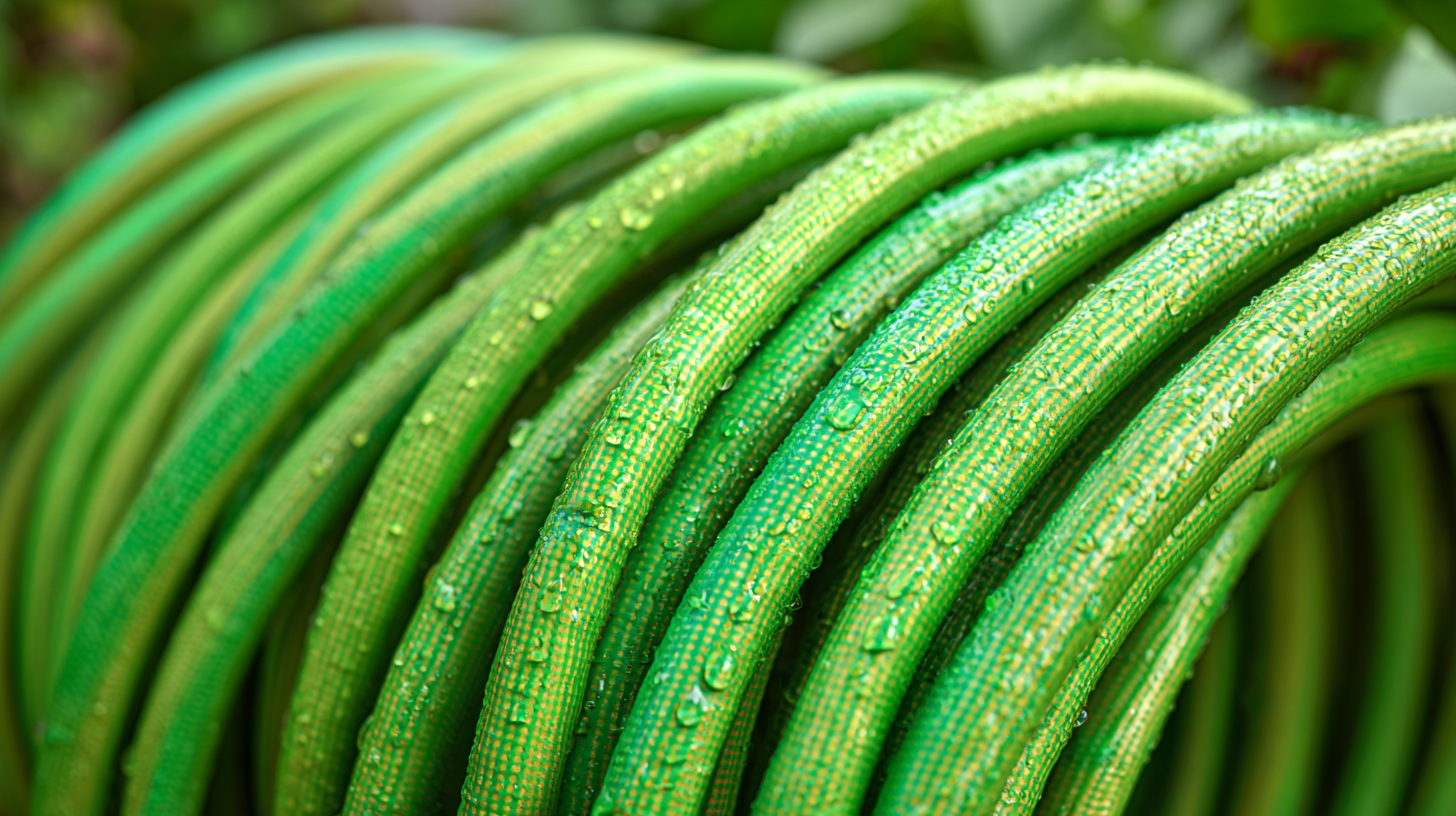
Another vital consideration is the hose diameter and length. The ideal diameter can impact water flow rate, with larger diameters, like 5/8 inch, typically providing higher flow rates, making them suitable for larger gardens or watering tasks that require higher pressure. Furthermore, a study by the National Gardening Association found that the average homeowner benefits from a hose length of 50 to 75 feet, as this provides sufficient reach while being manageable for storage. By balancing these factors—material durability and optimal diameter and length—gardeners can select a flexible hose that meets both their needs and enhances their gardening experience.
Top 5 Features of the Best Flexible Garden Hoses
When selecting the best flexible garden hose for your lawn, several key features stand out that can enhance your gardening experience. First and foremost, the material of the hose is crucial. According to a report by the American Society of Horticultural Science, hoses made from lightweight polyurethane or rubber are not only more durable but also resistant to kinks and leaks, ensuring a continuous water flow. These materials typically weigh between 3-7 pounds for a 50-foot hose, making them easy to maneuver while watering.
Another important feature is the hose length and diameter available in various options, which should align with your specific gardening needs. Research from the National Gardening Association indicates that hoses with a larger diameter (such as 5/8 inch) allow for higher water flow rates, making it easier to irrigate larger areas quickly. Furthermore, the flexibility of the hose greatly influences usability; top-rated hoses are often designed to expand and retract, accommodating various storage scenarios and preventing tangles. This flexibility is supported by recent consumer reports highlighting user preferences for hoses that can expand up to three times their length when in use yet collapse for easy storage.
Lastly, ease of connection with fittings and attachments can significantly affect your watering routine. Hoses with high-quality connectors tend to resist corrosion and wear, extending their service life. According to a study by the Garden Writers Association, homeowners report higher satisfaction levels with hoses that include quick-connect fittings, as they streamline the process of switching between multiple watering tools or equipment.
Comparing Materials: Which Hose is Right for Your Garden?
When selecting a flexible garden hose for your lawn, the material plays a crucial role in its performance and durability. Traditional rubber hoses are known for their robust construction and resistance to heat and kinks. They typically last longer than other materials and offer excellent flexibility, making them ideal for heavy-duty use. However, they can be heavier and less maneuverable compared to some alternatives.
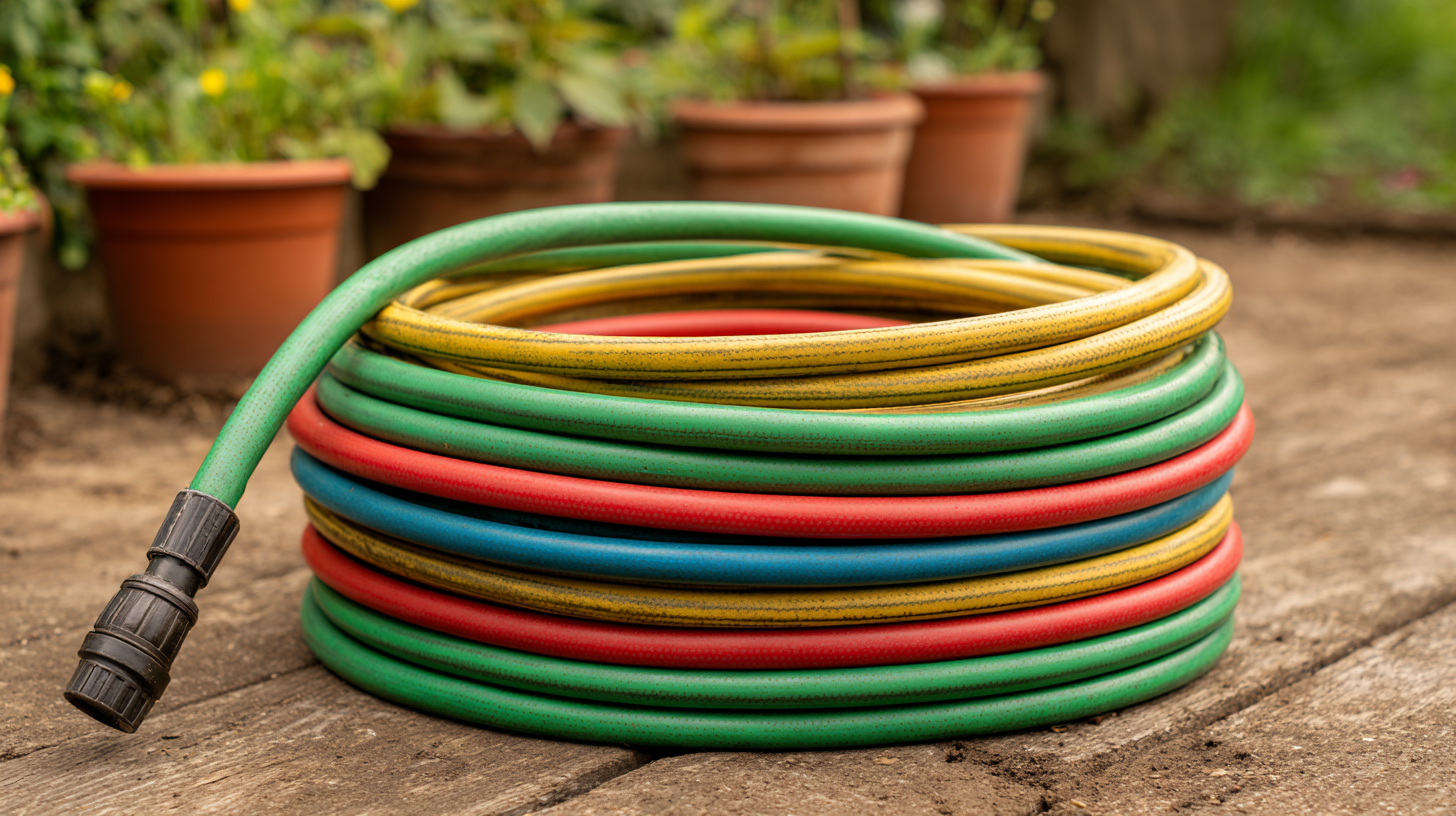
On the other hand, lighter materials like vinyl and polyurethane hoses are gaining popularity for their ease of handling. These hoses are generally more affordable and can be quite flexible, which is convenient for casual gardeners. However, they may not hold up as well under extreme temperatures or prolonged use. It's essential to consider your specific gardening needs, such as frequency of use and exposure to elements, when choosing a hose. By weighing the pros and cons of each material, you can find the best option that suits your garden's requirements and your personal preferences.
Maintenance Tips for Prolonging the Life of Your Flexible Hose
When it comes to maintaining the longevity of your flexible garden hose, several key practices can significantly enhance its durability. Regular inspections are crucial; hoses are prone to cracks and leaks if not cared for properly. According to industry experts, consistently checking for wear and tear can help identify potential issues before they escalate. Experts recommend a bi-annual check-up, which can prevent bursting and flooding risks, especially as hoses typically have a limited lifespan of about 10 years.
Additionally, proper storage is essential. After each use, make sure to drain the hose completely and store it in a cool, dry place, avoiding exposure to direct sunlight which can lead to premature aging of the material. Moreover, reducing moisture after use not only helps in preventing mold growth but also safeguards against internal corrosion. Following these maintenance tips can not only extend the life of your garden hose but ensure you keep your garden thriving with adequate moisture year-round.
Budgeting for Quality: Finding Affordable Yet Reliable Options
When searching for a flexible garden hose, budgeting
is a key factor to consider. While many premium hoses come with a higher price tag, it's essential to identify affordable yet reliable options that meet your gardening needs without breaking the bank.
The market today offers a variety of choices that balance quality and cost, allowing consumers to select hoses that perform well and last longer.
Researching user reviews and comparing features can help you find a product that offers good value for your investment.
Another aspect to consider is the longevity and warranty of the product. Often, a slightly higher initial cost can lead to greater savings in the long run if the hose is durable and backed by a solid warranty.
Additionally, look for hoses that are lightweight and easy to handle, as these factors contribute to the overall user experience.
By taking the time to weigh your options, you can find the best flexible garden hose that aligns with your budget while still delivering the quality you expect for a thriving lawn.
Related Posts
-
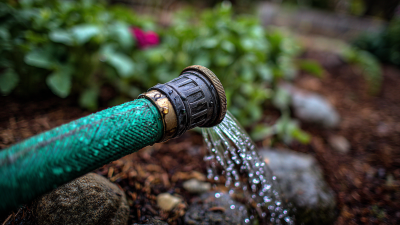
Transform Your Gardening Experience: The Ultimate Guide to Choosing a Quality Garden Hose
-

Unleashing the Power of Heavy Duty Hose for Industrial Applications and Beyond
-

Understanding the Latest Innovations in Marine Hose Technology: Boosting Efficiency and Safety in Marine Operations
-

Understanding the Benefits of 4 Flexible Hose for Home and Industrial Applications
-
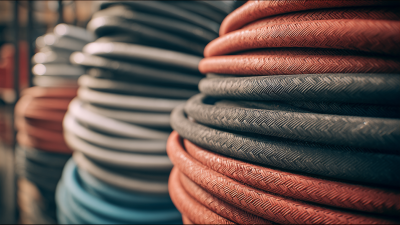
The Ultimate Guide to Choosing the Right Flexible Gas Hose for Your Needs
-
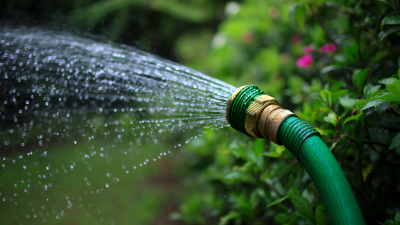
Understanding the Advantages of Fire Hose Garden Hose Combinations for Efficient Watering Techniques
